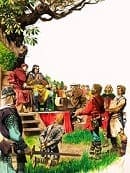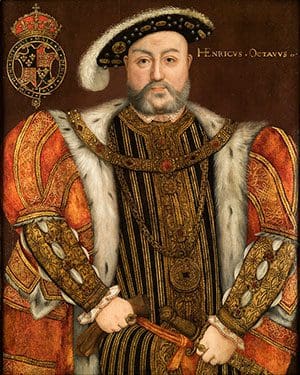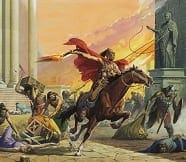
Although challenging, teaching interpretations in history at KS2 level is immensely rewarding when you see the ‘penny drop’ in pupils’ minds. It is hard because it is abstract. It is hard because you are dealing with uncertainty, and it is hard because pupils need to understand why someone would ever want to create a different interpretation! Surely all right-minded historians would come to the same conclusion if they all skillfully studied the evidence! That is the conundrum we have to confront.
There are, fortunately, great ways of teaching interpretations which give colleagues confidence and make the learning experience enjoyable. Rather then describe them all in fine detail here, I’ll merely sketch out a short vignette leaving you to look at a longer description in Outstanding Lessons. Not all topics lend themselves to good work on interpretations. With some you have to work much harder than others. Remember though, that








